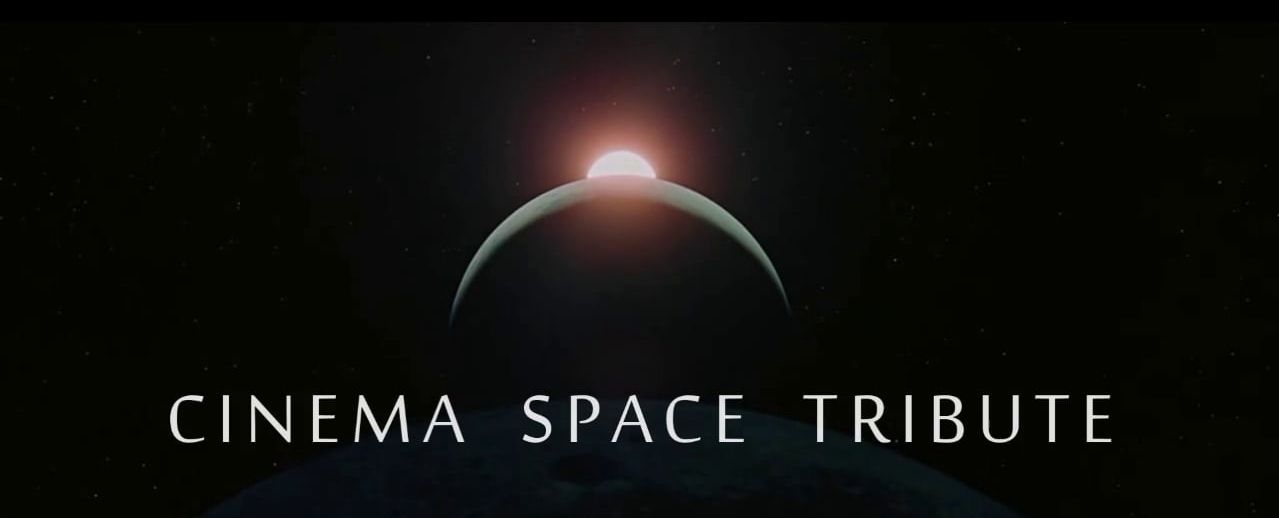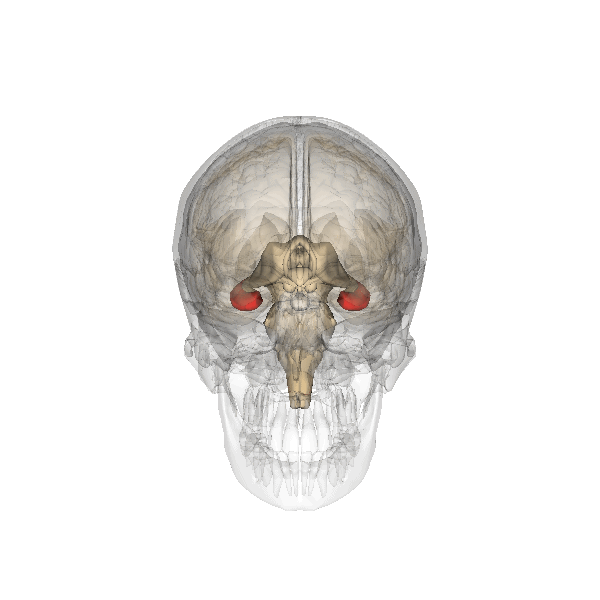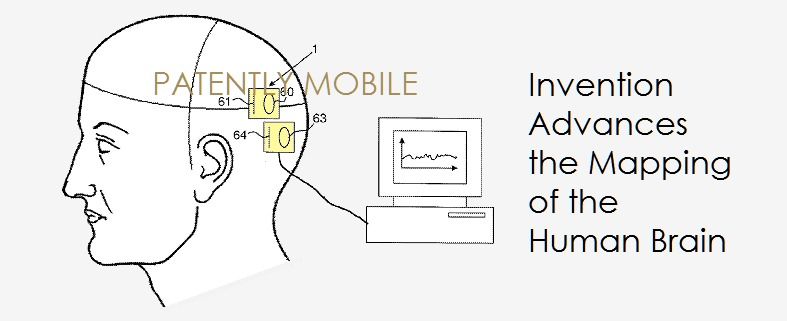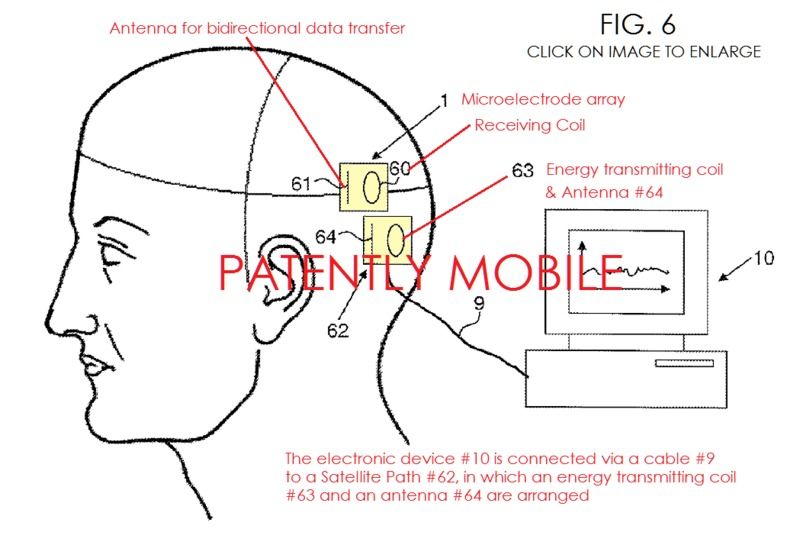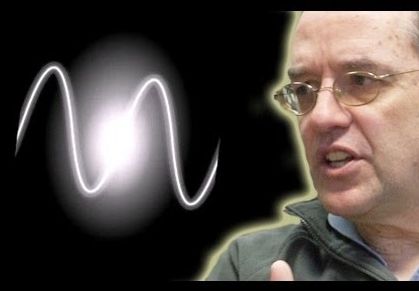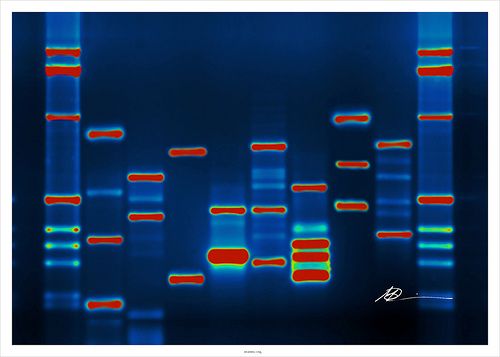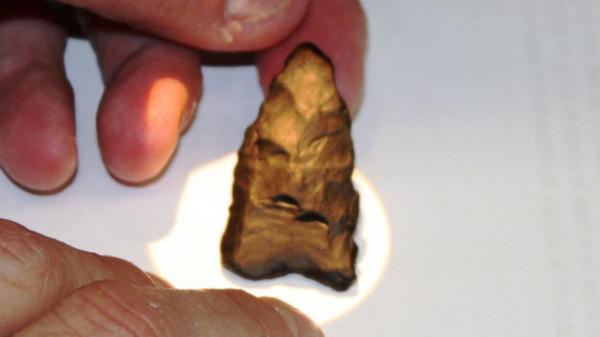Music: Hans Zimmer — Mountains (Interstellar Soundtrack)
Lyrics: «Do not go gentle into that good night» by Dylan Thomas.
Voice: Anthony Hopkins.
FILMS:
«2001: A Space Odyssey» (1968, dir. Stanley Kubrick)
«Alien» (1979, dir. Ridley Scott)
«Aliens» (1986, dir. James Cameron)
«Armageddon» (1998, dir. Michael Bay)
«Avatar» (2009, dir. James Cameron)
«Battleship» (2012, dir. Peter Berg)
«Cargo» (2009, dir. Ivan Engler, Ralph Etter)
«Elysium» (2013, dir. Neill Blomkamp)
«Europa Report» (2013, dir. Sebastián Cordero)
«Event Horizon» (1997, dir. Paul Anderson)
«Gravity» (2013, dir. Alfonso Cuarón)
«Guardians of the Galaxy» (2014, dir. James Gunn)
«Interstellar » (2014, dir. Christopher Nolan)
«Lockout» (2012, dir. James Mather, Stephen St. Leger)
«Lost in Space» (1998, dir. Stephen Hopkins)
«Man of Steel» (2013, dir. Zack Snyder)
«Mission to Mars» (2000, dir. Brian De Palma)
«Moon» (2009, dir. Duncan Jones)
«Oblivion» (2013, dir. Joseph Kosinski)
«Pandorum» (2009, dir. Christian Alvart)
«Prometheus» (2012, dir. Ridley Scott)
«Solaris» (1972, dir. Andrey Tarkovskiy)
«Solaris» (2002, dir. Steven Soderbergh)
«Star Trek» (2009, dir. J.J. Abrams)
«Star Trek: Into Darkness» (2013, dir. J.J. Abrams)
«Star Wars: Episode IV — A New Hope» (1977, dir. George Lucas)
«Star Wars: Episode VI — Return of the Jedi» (1983, dir. Richard Marquand)
«Starship Troopers» (1997, dir. Paul Verhoeven)
«Sunshine» (2007, dir. Danny Boyle)
«The Fountain» (2006, dir. Darren Aronofsky)
«The Hitchhiker’s Guide to the Galaxy» (2005, dir. Garth Jennings)
«The Last Days on Mars» (2013, dir. Ruairi Robinson)
«The Signal» (2014, dir. William Eubank)
«Thor: The Dark World» (2013, dir. Alan Taylor)
«Transformers: Dark of the Moon» (2011, dir. Michael Bay)
